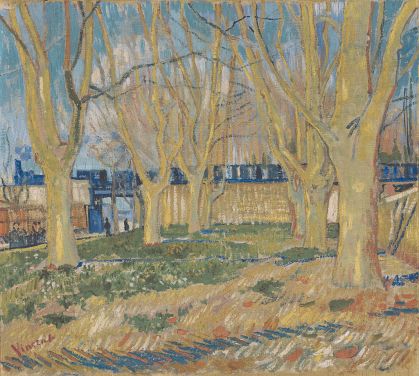
Descendants of pioneering Scotswoman Dr Elsie Inglis gathered at her grave today (within Dean Cemetery, Edinburgh) to mark the centenary of her death and pay tribute to her remarkable accomplishments in establishing and running the Scottish Women’s Hospitals during World War One. Photo source: Lenny Warren / Warren Media
The story of Elsie Inglis and The Scottish Women’s Hospitals is an amazing story that should be more widely known and I was so pleased to hear, earlier this year, that there would be Centenary commemorations for this marvellous woman at St Giles Cathedral on the 29th November. Although I couldn’t attend I was very excited to receive an invitation.
When war broke out in 1914 the Government put out a call for doctors and nurses to help on the front line. “Elsie was more than willing to play her part. She went first to the military authorities in Edinburgh and then to London to the War Office itself to offer her services, only to be told: “My good lady, go home and sit still.”
Of course she didn’t sit still. She went on to form what soon became known as the Scottish Women’s Hospitals which “served the war effort from 1914 to 1919 and were not finally disbanded until 1925. They started off in Calais supporting Belgian soldiers, but their main locations were four hospitals in France, two in Corsica, two in Greece, one in Macedonia, two in Romania and six in Serbia. There were also a number of satellite hospitals and dressing stations.
As a writer, discovering the existence of the SWH was life changing and of course led me to write a novel inspired by the movement and Australian women who worked at the field hospital in Ostrovo, including the novelist Miles Franklin. I am indebted to Alan Cumming for keeping me company on this journey of discovery and to Ann Wells for the gift of the booklet that was given out at the commemoration and from which I have quoted. Also for the use of the photo above. Luckily for historians and writers there are quite a few good biographies and memoirs written by members of the SWH. Contact me through this website and I can give you my full list.

